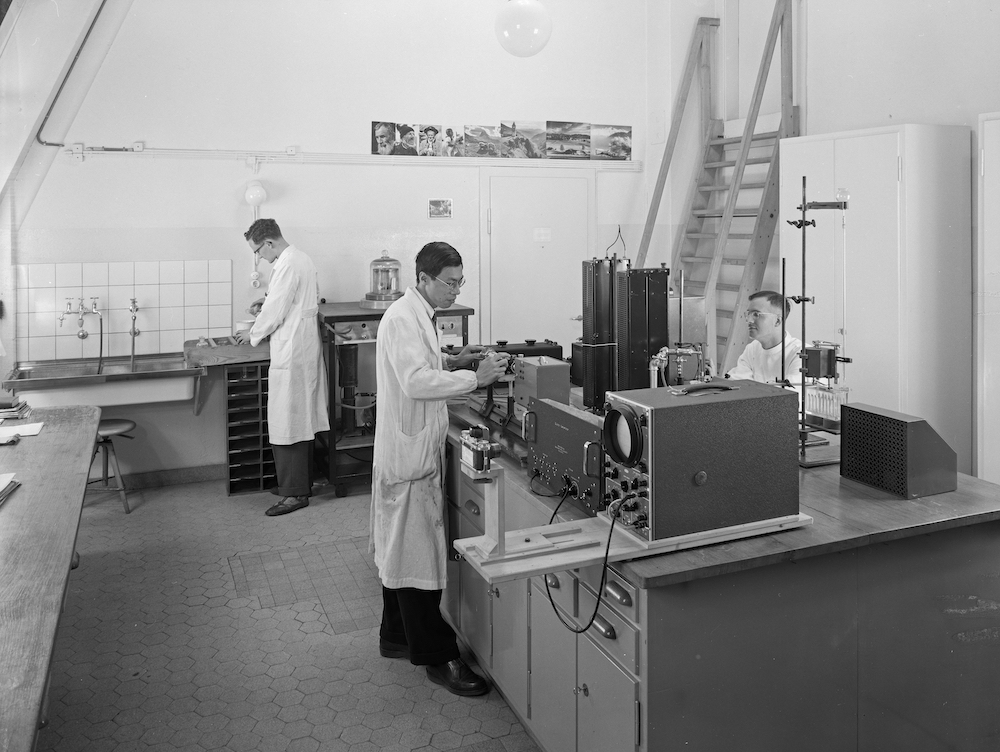Stephan Graf
Image Production After Exposure. Industrial Research on the Photographic Process, circa 1920-1970
The turn towards technical images in the humanities since the 1990s has been accompanied by numerous historical analyses of scientific applications of photographic processes. Yet, studies concerning the history of scientific research on photography itself are rare. Particularly regarding the 20th century, it is largely unexplored how a growing scientific community gathered around the experimental and theoretical investigation of the 'photographic process' in industrial and university labs, i.e. how this community analyzed the actions involved in the exposure and development of photographic silver halide emulsion layers. For my dissertation project, I examine the practices underlying this photographic research relating them to the increasing industrialization and popularization of photographic materials in the 20th century. The focus is on three problems: the theorization of the latent image, the standardization of the speed of negative materials and the development of the Cibachrome colour material. Centering on three sites of photographic research - the Agfa Filmfabrik in Wolfen, the British Kodak subsidiary in Harrow and Ciba Photochemie in Marly - I reconstruct how scientists in industrial laboratories investigated processes of photographic image formation in order to exploit them economically.

